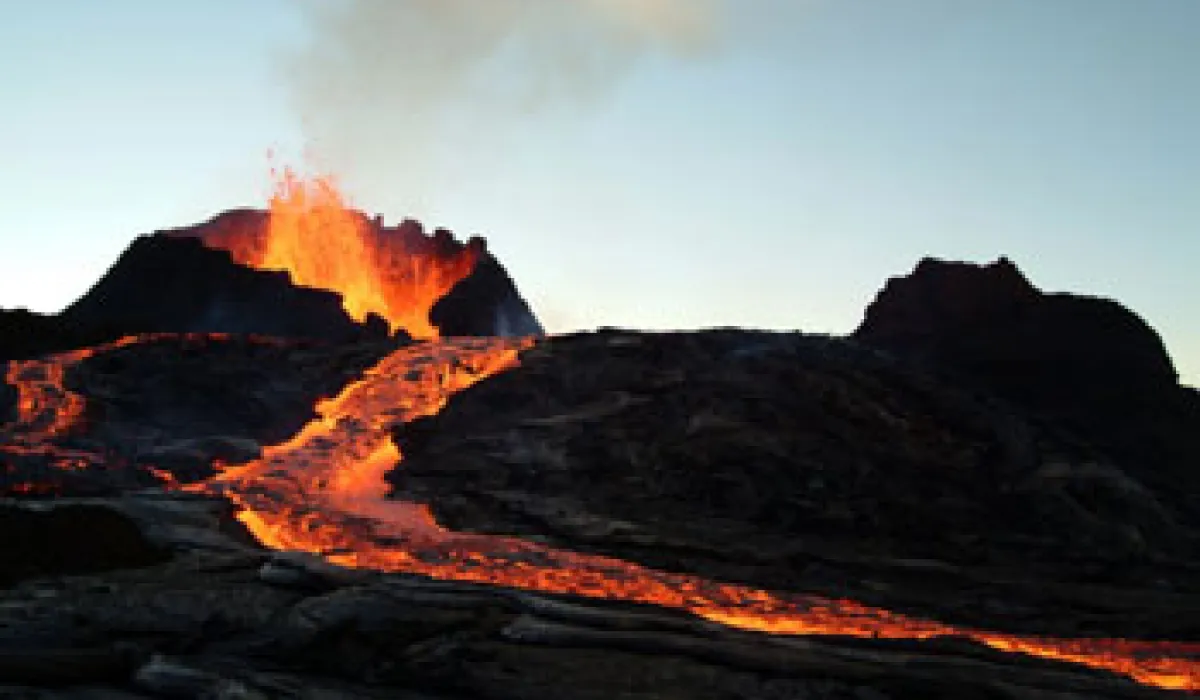Santorini Volcano Ready to Erupt

The Santorini Volcano, whose eruption 3600 years ago wiped out the Minoan civilization, has begun to fill up with magma. Its magma chamber has doubled in size from 10 million to 20 million cubic meters from January 2011 until this April--the largest it has been since the volcano's last eruption from 1939 to 1941.
The area was devastated by the Minoan eruption and now forms a deep-walled arc in the Aegean sea. Although no imminent eruption seems to threaten this popular cruise destination, experts say it cannot be ruled out. Studies at the volcano “strongly suggest that the present episode of volcanic inflation is the only significant one since the eruption of 1939-1941, or shortly thereafter,” researchers have said. “It would be unwise to assume that the present state of unrest will not end in an eruption.” The recent expansion has even pushed the volcano upward by about four inches.
Santorini has a rough cycle of eruptions, with some occurring as little as 14 years apart, but most major eruptions occurring only ever 10-30,000 years. The last major eruption of the volcano happened about 70 years ago. According to volcano researchers, “If the present rate of inflation were to continue for a small number of years, the intruded volume would be equivalent to the volumes of previous eruptions."
According to Georges Vougioukalakis, a volcanologist at the Institute of Geology and Mineral Exploration in Athens “Now all registered activity is that of the ‘normal’ dormant state of the volcano."

